
Meet one of BC’s youngest poultry farmers: Jared DeDood
March 5, 2020
Mother’s Day guide: sourcing local to celebrate mom!
April 30, 2020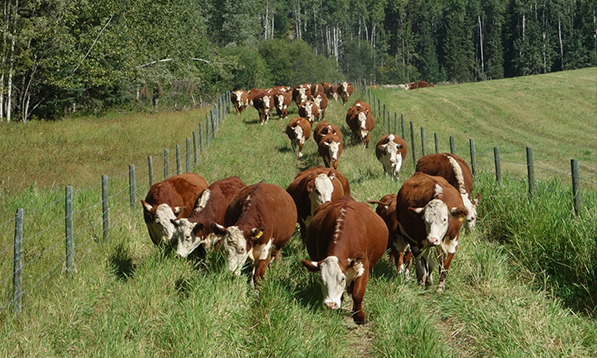
In honour of Earth Day, we talked to ranchers Janice and Trevor Tapp about their innovative approach to sustainability. They’re the owners of the Copper-T Ranch, located in BC’s beautiful Nechako region. In 2017 they won the BC Cattleman’s Ranch Sustainability Award for their approach to land and water care, environmental stewardship, animal care, community involvement and succession planning. They have a current Environmental Farm Plan and in addition, as part of BC’s Verified Beef Plus program, they adhere to high standards for food safety, animal care and environmental stewardship. We talked to them about their approach to caring for their animals and their land.
We Heart Local BC: Tell us about your ranch – where is it and how many head of cattle do you raise?
Janice and Trevor Tapp: We are located west of Fraser Lake in central British Columbia about 160 kilometers west of Prince George. We are actually almost the geographic center of B.C. As one of the larger purebred Hereford breeders in B.C., we have about 80 registered mother cows. The cows and calves spend summer and fall grazing on pastures. Most of the calves, once weaned, are ‘backgrounded” which means they are fed over the winter on the ranch. Some are raised to sell as beef, some are sold to 4-H members and some of the females join our cow herd or the herds of other ranchers. We also raise some bulls to sell for breeding, so our herd can range from about 140 to 200 animals depending on the time of year.
WHL: Can you describe for our readers how you care for the animals on your ranch?
The Tapps: On a typical winter day, we start by feeding our weaned calves. They have free access to hay from bale feeders, and we supplement that hay with some locally grown barley twice a day. That allows us to check all of the pens in the mornings and afternoons, to see all of the calves and make sure they are healthy. In the afternoons, we feed the cow herd out on pasture. The feeding area gets moved each day. This helps to spread manure evenly across the fields which benefits the growing crops in the spring. During calving time in March and April, cows are checked every four to five hours throughout the day and night to make sure no cow is having problems giving birth and newborns are doing well. In late spring and summer, the herd is dispersed on the land around the ranch and we check them all daily to make sure there are no issues.
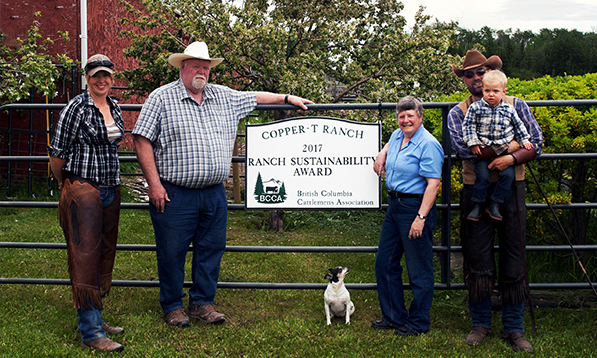
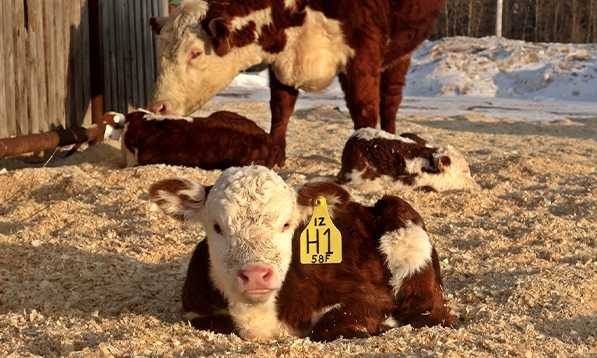
WHL: Will you tell us a little about the Environmental Farm Plan and how you've created one for your ranch?
The Tapps: The Environmental Farm Plan is a program that helps farmers and ranchers complete an environmental risk assessment. You follow a workbook to examine activities like energy use, biodiversity and manure management on your farm or ranch. As you complete the risk assessment, you create an environmental action plan, which includes a timeline. There are monitoring activities that keep track of whether you are making progress and whether you have achieved your goals. We work with a knowledgeable planning advisor and they help to make sure all areas have been covered. Once we have answered all the questions related to our operation and fully developed the action plan, we have a "Competed Environmental Farm Plan". If we can make changes to bring our operation into compliance with legislation, we are eligible to be deemed to have an "Implemented EFP". It’s recommended to review the EFP every 5 years. This review ensures we keep up with any changes on our ranch and to regulations. We have had an Environmental Farm Plan now for 15 years.
WHL: Can you give a specific example of some of the projects you’ve done under your Environmental Farm Plan?
The Tapps: Two creeks, Perry and Stern, run through our property, and both creeks run into Fraser Lake. It's always been really important to us that any water coming off of our land is clean and safe. There are opportunities with the Environmental Farm Plan, which have helped us complete some of the improvement projects outlined in our plan. It has allowed us to work with the Department of Fisheries and Oceans and our local Nechako stewardship group to help us protect our water. Right now about 90% of the two creeks that run through our ranch are fenced off and the cattle cannot get to those creeks. We have three different solar pumping systems set up so that the cattle receive the benefit of the fresh water from the creek but don't have access to it. This protects the creek banks from erosion and keeps the water cleaner. And in some areas, we have a hundred feet or so of a buffer zone to the creek that’s just left as habitat for wild flora and fauna.
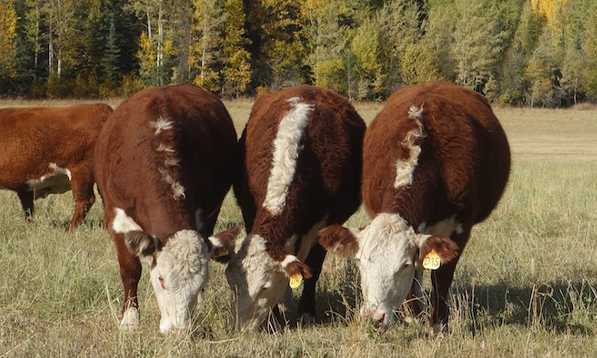
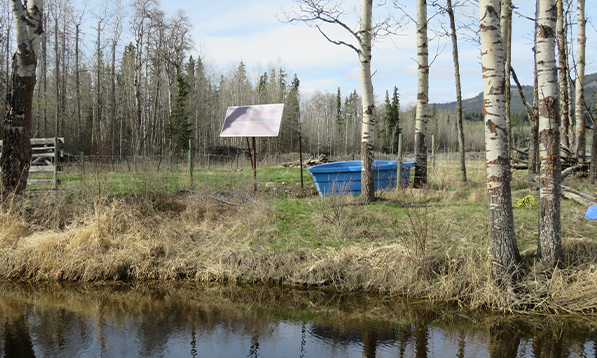
Caring for animals, protecting the land and being sustainable is extremely important to farmers because if you don't look after your land and you don't look after your animals, you don't make a living and you don't protect either for the future.
WHL: What would you like everyone to know about your commitment to ranching?
The Tapps: We would like everyone to know that caring for animals, protecting the land and being sustainable is extremely important to farmers because if you don't look after your land and you don't look after your animals, you don't make a living and you don't protect either for the future. We have no children - we have built this ranch basically from scratch and there was nobody to pass it on to. About four years ago, we brought a young family onto the ranch and invited them to be our partners. We work together and eventually they will inherit our ranch. That was part of our sustainability plan because we did not want to see this ranch disappear. It's important that people understand that farmers and ranchers really care. They really care about the land and they really care about their animals.
If you want to see another example of how ranchers care for the environment, check out this video. And make sure to check out our profiles to meet other BC cattle ranchers.